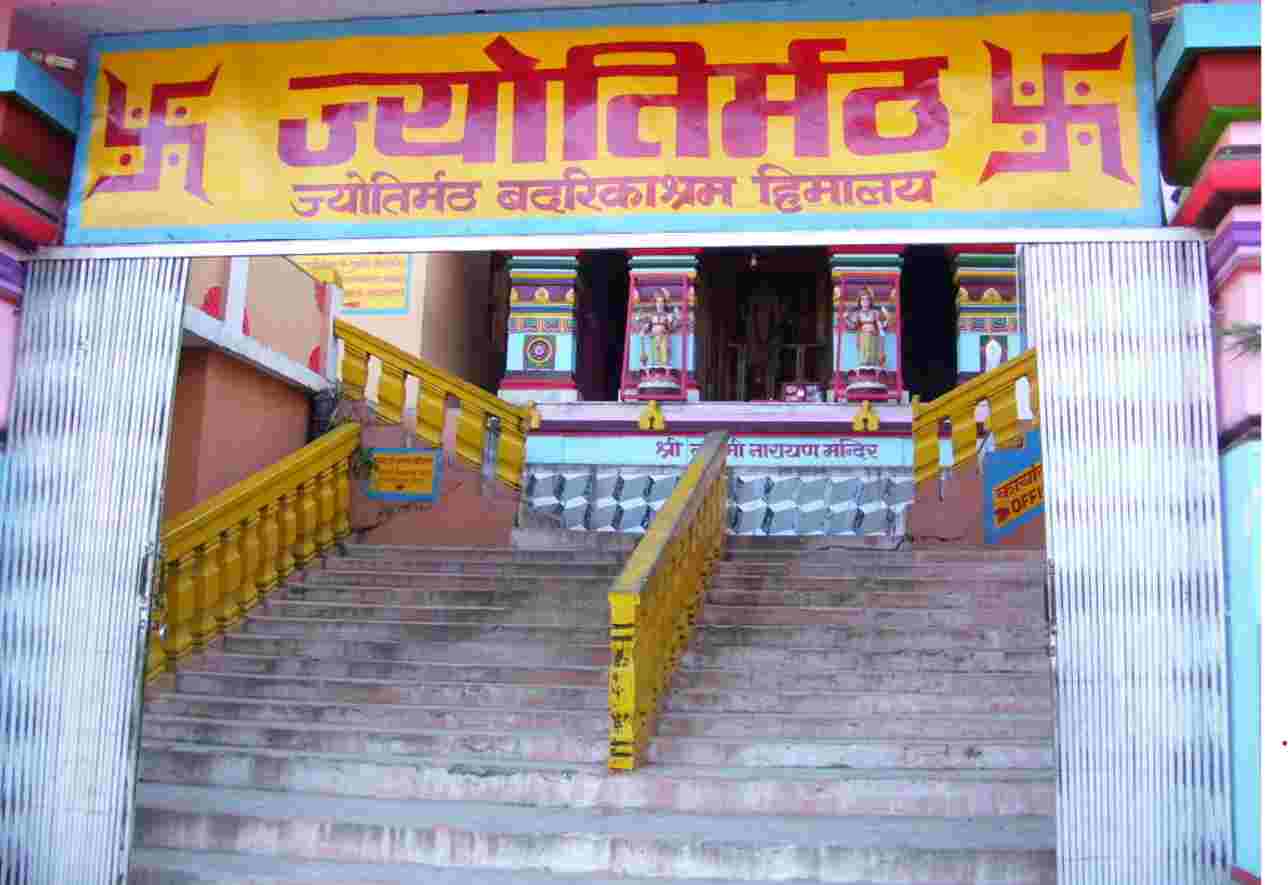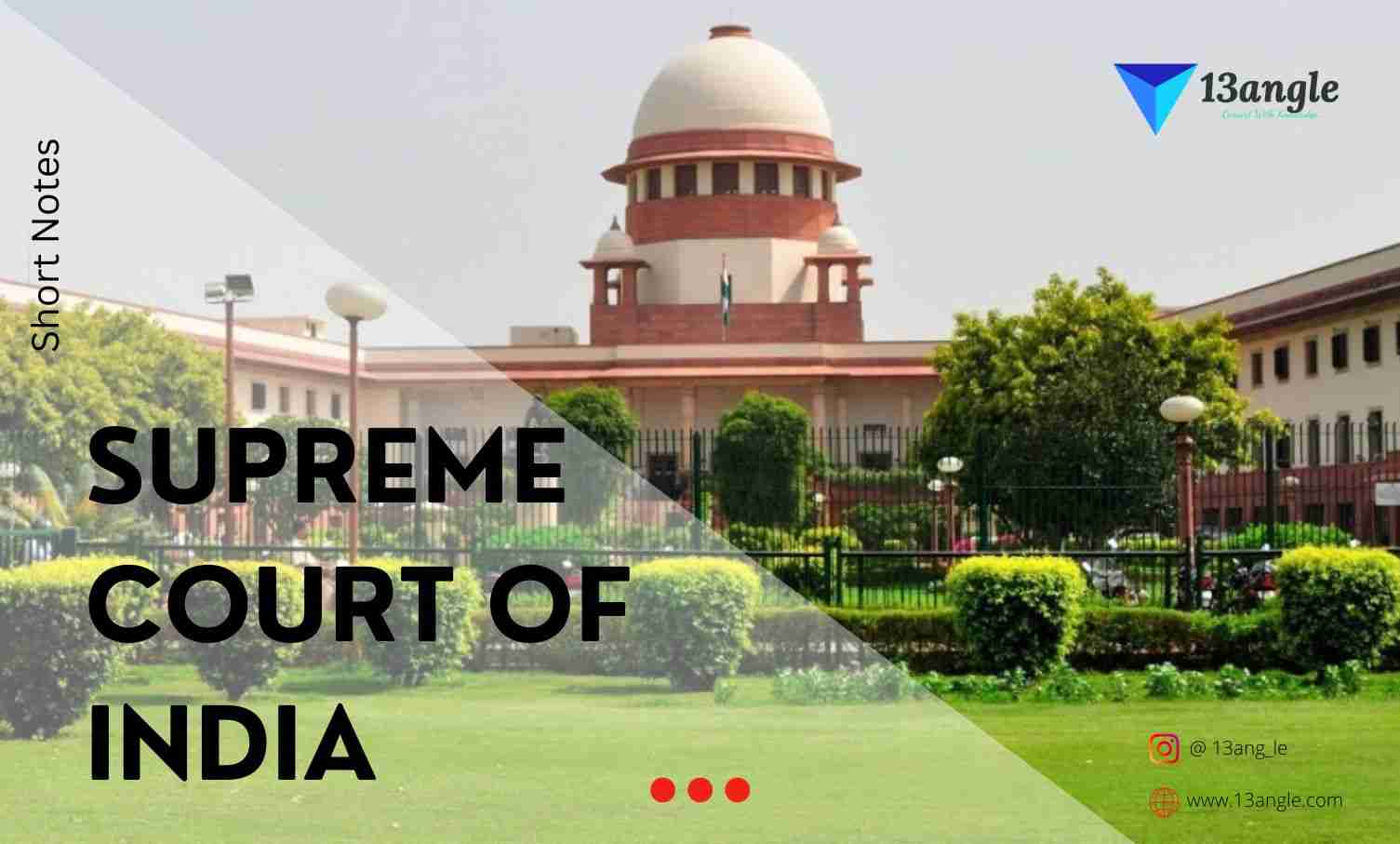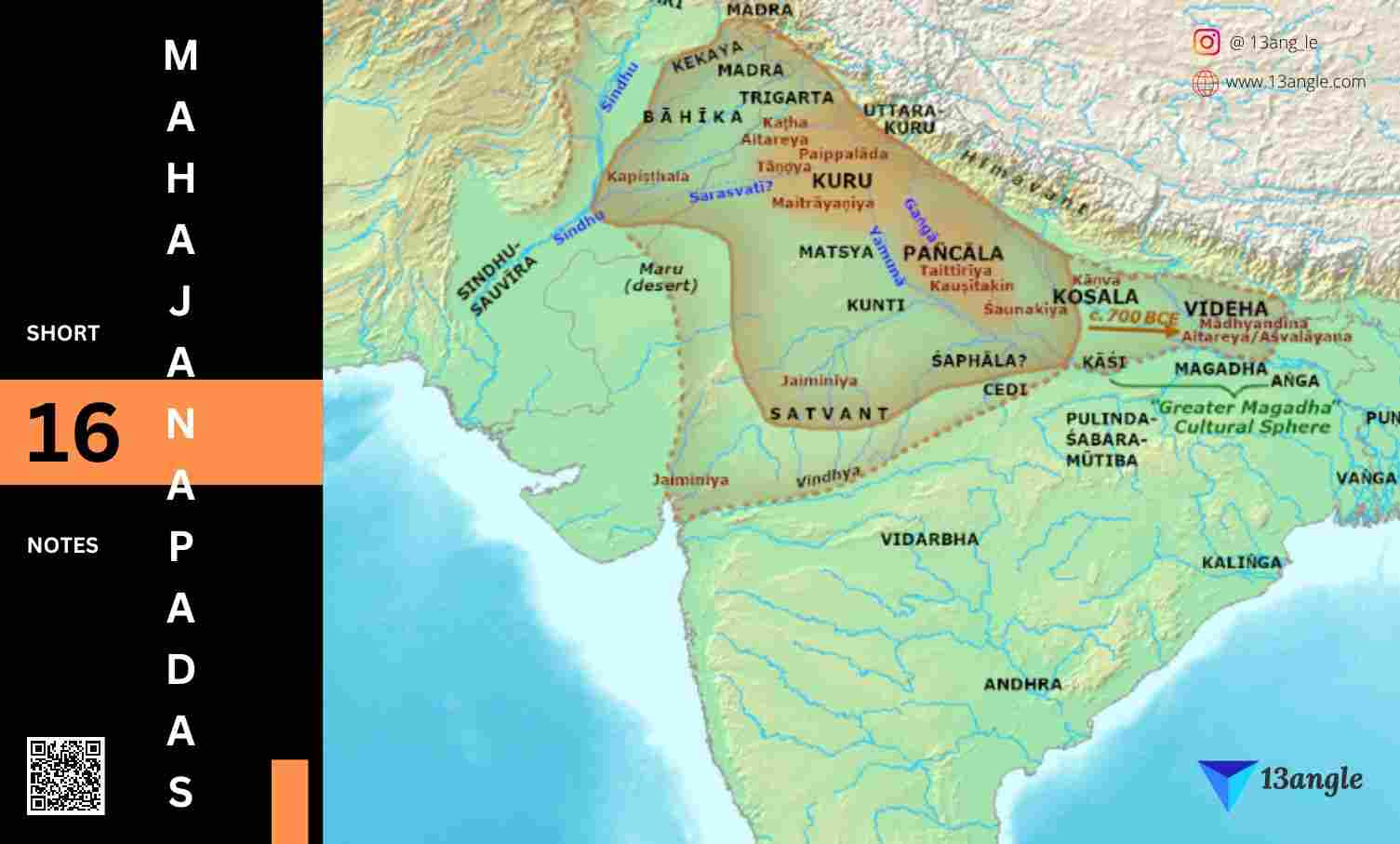
Also known as Jyotirmath.
It’s a city in the Chamoli District in Uttarakhand.
Located at a height of 6150 feet (1875 m).
Gateway to several Himalayan mountain climbing expeditions, trekking trails and pilgrim centres.
Home to one of the four cardinal pīthas established by Adi Shankara.
History
Joshimath was the initial capital of the Katyur dynasty and later, they shifted to Kartikeyapur.
Between the 7th and 11th centuries C.E., Katyuri kings ruled the area of varying extents from their capital at “Katyur” (modern day Baijnath) valley in Kumaon.
The Katyuri dynasty was founded by Vasudev Katyuri.
The ancient Basdeo temple at Joshimath is attributed to Vasu Dev.
Katyuri kings were displaced by the Panwar dynasty in the 11th century AD.
Religious Significance
Jyotirmath is the uttarāmnāya matha, or northern monastery, one of the four cardinal institutions established by Adi Shankara, the others being those at Shringeri, Puri, Dwarka and Kanchi. Their heads are titled “Shankaracharya”.
According to the tradition initiated by Adi Shankara, this matha oversees the Atharvaveda.
Jyotirmath is close to the pilgrimage town of Badrinath.
Tourist Attraction
Shankaracharya Math:
- Established by Adi Shankaracharya.
- Math has temples of Badrinarayan and Rajrajeshwari Devi.
- Sacred cave where Adi Shankaracharya supposedly undertook tapasya.
Narsingh Temple:
- Ancient temple of Lord Vishnu in Narsingh Avtar.
- Established by Adi Shankaracharya.
- Main temple of Joshimath.
- When Badrinath temple remains closed during winter every year, an idol of Lord Badri is brought to Narsinh temple and worshipped for six months.
As per local belief, the right hand of this idol has become as thin as hair. On the day when it will break, the mountains Jay-Vijay shall join and become one and Lord Badrinath of Badrinath temple will disappear from the present temple and re-appear as Shaligram at a new place called Bhavishya Badri.
Bhavishya Kedar Temple:
- As per local belief, the present Kedarnath will disappear along with Badrinath and re-appear in Bhavishya Kedar temple at Joshimath.
- This temple has a small shivling.
Tapovan:
- Tapovan has situated 10 km from Joshimath.
- It has natural hot water springs.
- The river Dhauliganga is visible from this spot.
Ropeway
- A ropeway to Auli is popular among tourists.
- One of the longest ropeways in Asia.
- It is open only during the winter season (November to March).
Gari Bhawani Temple
- A temple is located 6 km away from the main town of Joshimath toward the Rishikesh highway.
Kalpeshwer
- Situated near the village called Urgam, which is in a valley.
2021 Glacial Outburst Flood
A part of the Nanda Devi glacier broke off in Nanda Devi National Park in Uttarakhand’s Chamoli district on 7 February 2021, causing a flash flood in Rishiganga and Dhauliganga River, devastating among others the village Rini, the Dhauliganga Dam, the Rishi Ganga dam, Tapovan Vishnugad Hydropower Plant, killing and endangering people, according to media.
At least 31 people were confirmed to have been killed and around 165 were reported missing after the flash flood.
In the aftermath of the floods, residents began noticing cracks in homes; eventually, over 600 houses were evacuated after a local temple collapsed.
Eventually, 678 of approximately 4,500 structures would show cracking and the streets and paved areas in the affected area also showed cracking.
Hundreds of residents were able to evacuate, and authorities classified zones within the town as “danger”, “buffer” and “completely safe” areas; demolition work began on 9 January 2023.
Why Is Joshimath "Sinking"?
A variety of factors both anthropogenic and natural have led to the subsidence of Joshimath.
The main reasons are:
- Construction of tunnel of Tapovan-Vishnugad project of NTPC
- Lack of drainage system in the city
- The city is situated in the old landslide area
- Uncontrolled construction work over capacity
- Land erosion happening in the Alaknanda river





